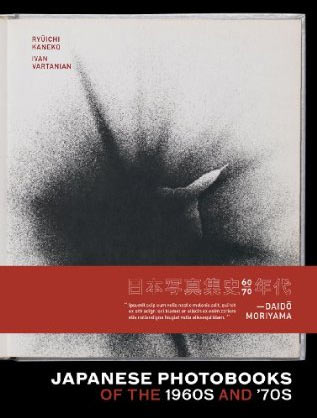Review: Japanese Photobooks of the 1960s and 70s

Photography books have become so popular that there is a steadily growing number of books about them. The Photobook: A History, Vol. 1 and The Photobook: A History, Vol. 2
are probably the most well known examples, but there also is Bertolotti’s Books Of Nudes
. Japanese Photobooks of the 1960s and 70s
is the latest addition to the genre. But why Japanese photobooks? Why not American, English, or German?
The answer to these questions lies at the core of Japanese Photobooks: “Japanese photography is the photobook. Communicating that simple idea, to even a Japanese audience, is the main homework of this project.” explains Ivan Vartanian, one of the book’s co-authors. “The book becomes an original print. No one image is more important than the other and in the photographer’s eyes, the prints themselves, which are going to make the book, are useless. They have no value other than the reproduction at the printing plant. So the photographs as a collection don’t exist beyond the book. This can be true of non-Japanese photobooks as well but it’s taken to an extreme with Japanese photobooks.”
Starting with Hiroshi Hamaya’s “Snow Land” (1956), Japanese Photobooks presents forty photobooks in lavish detail, with reproductions of many of their pages and a plethora of details about them. If you don’t know much about Japanese photobooks of that era - like this reviewer - once you open Japanese Photobooks
there is a whole world of photography unfolding in front of your eyes. It’s a breathtaking experience.
Given the aforementioned nature of these books, Japanese Photobooks appeals not just to photobook collectors, but to anyone interested in photography. And, it might be worthwhile to add, this survey of Japanese photobooks makes it clear that claims that photography is bad at telling stories might have to be reconsidered.